Ukraine is finally getting ATACMS, the weapon that can change the war
- By Stavros Atlamazoglou
Share This Article
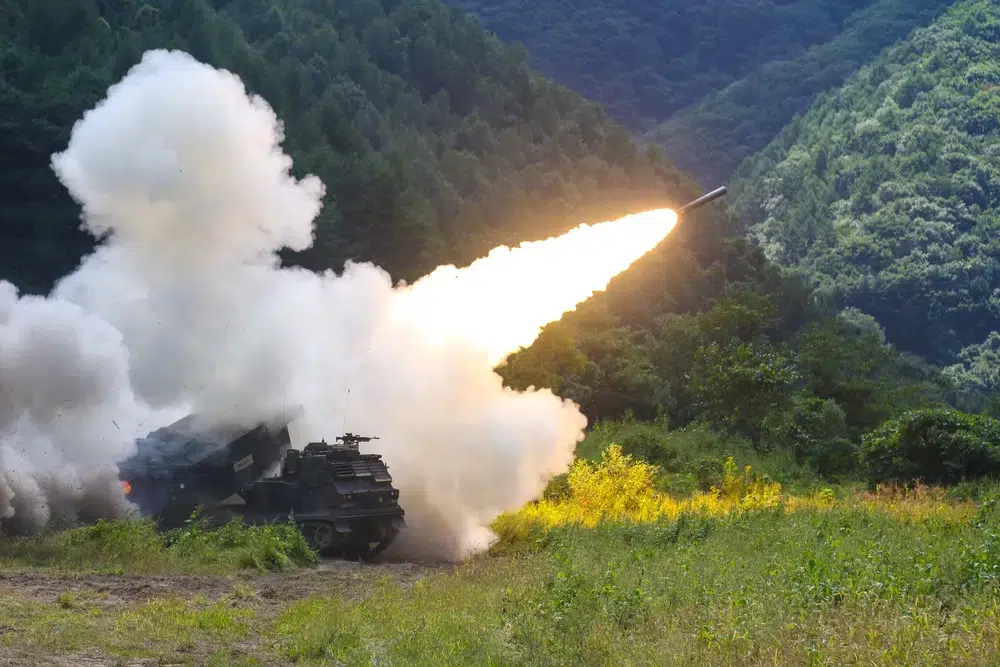
The Ukrainian military will be receiving an advanced missile system that could change the war.
According to reports coming out of the White House, President Joe Biden has given the Pentagon the green light to supply Ukraine with an unspecified number of MGM-140 Army Tactical Missile Systems, or ATACMS.
With the Ukrainian counteroffensive gaining momentum, the potential delivery of ATACMS to the Ukrainian military would enable additional deep strikes against the faltering Russian logistical system and other strategic targets.
Time for the ATACMS
Last week, Ukrainian President Volodymyr Zelensky visited the United States for the second time since the Russian invasion of his country. Although this time he didn’t address Congress, Zelensky managed to persuade President Biden of the need to send the Ukrainian military ATACMS munitions.
Ukraine has been trying to get the ballistic missile system for months. The White House’s green light, thus, is a milestone for Ukraine. The U.S. had been hesitant to send the munitions for fear of provoking a Russian escalation and because it only has around 3,000 ATACMS.
The number of ATACMS munitions the U.S. will send to Ukraine will firstly depend on the number of deliveries: If the U.S. is tilting toward one big delivery, then the number of munitions might be smaller compared to a scenario in which the Pentagon sends several waves of ATACMS over the next months.
Another consideration is the status of Ukraine’s artillery arsenal. Ukraine is going through several thousand artillery shells – particularly 155mm rounds – daily and between 150,000 and 200,000 a month. Even though the Pentagon alone has sent Kyiv more than two million 155mm shells, the U.S. and the West are having a very hard time meeting the Ukrainian artillery’s needs. Sending ATACMS munitions would slightly ease the need to send seemingly inexhaustible batches of rounds to Ukraine.
To be sure, the Ukrainians won’t be using precious ATACMS rounds against most targets that 155mm rounds are being used for, but the Ukrainian military could use ATACMS against high-value targets that are also within range of its 155mm guns.
Related: The first M1 Abrams tanks arrive in Ukraine
A formidable weapon
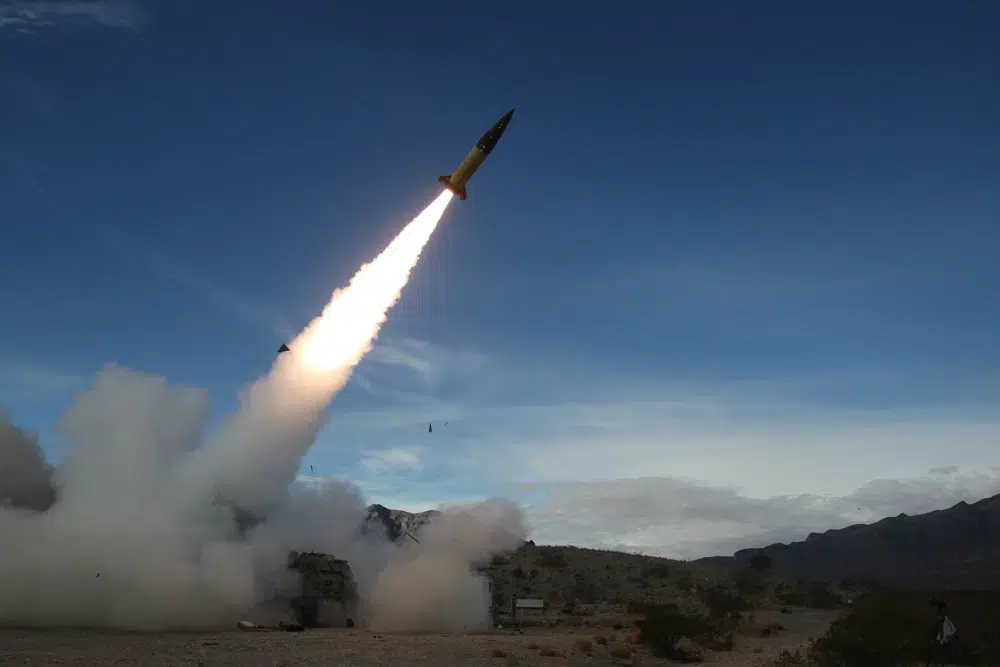
The ATACMS is a series of short-range, surface-to-surface ballistic missiles that have been in service for more than three decades.
Defense Advanced Research Projects Agency (DARPA) started working on what would eventually become the ATACMS back in the 1970s as part of the Assault Breaker program with the goal of developing deep-strike munitions. The U.S. military first used them in anger against the forces of Iraqi dictator Saddam Hussein during the First Gulf War in 1991.
The U.S. will likely send either the Block 1 or Block 1A ATACMS to Ukraine.
Weighting almost 3,700 pounds, the older Block 1 version has a range of up to 103 miles and can carry a single warhead of up to 1,250 pounds. The main available Block 1 warhead is essentially a big cluster munition that can pack almost 1,000 M74 bomblets that are designed to kill and maim enemy infantry and destroy weapon systems through blast and fragmentation.
The newer Block 1A version has a similar weight but a much longer range which depends on the warhead it packs. It can either carry a cluster warhead with 300 M74 bomblets for a range of 186 miles or a unitary high explosive 350-pound warhead for a range of 168 miles.
Related: What are the EFP bombs that are now used in Ukraine?
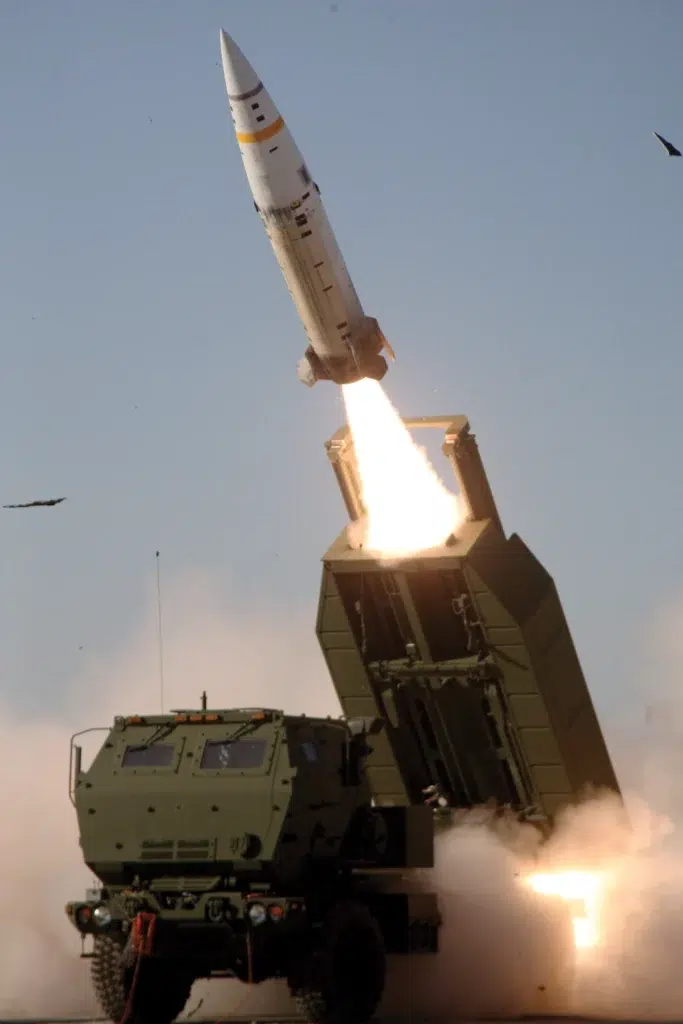
Cluster munitions have proven extremely effective on the ground, and even the Russian military leadership is warning about the danger. An ATACMS Block 1 strike against a concentrated large Russian force could completely wipe it out and stop an offensive or counteroffensive in its tracks.
On the other hand, a Block 1A with a high explosive unitary warhead can take out a whole Russian command and control element or targets of similar importance in a single strike.
In the current battlefield, Block 1 ATACMS munitions can reach almost all of Russian-occupied Ukraine. The longer-ranged Block A1 ATACMS missiles can also reach the southern parts of the Crimean Peninsula, as well as portions of Russia.
ATACMS munitions are solid-propellant fueled and have internal GPS systems to ensure pinpoint accuracy.
The ATACMS can be fired by either the M142 High Mobility Artillery Rocket Systems (HIMARS) or the M270 Multiple Launch Rocket System (MLRS). The Ukrainian military has used both the M142 HIMARS and M270 MLRS to great effect in the war, taking out a considerable amount of Russian logistical nodes, fortified positions, troop concentrations, important infrastructure, and high-value targets.
Read more from Sandboxx News
- Debunking the ‘lost F-35’ conspiracy theories
- How to reshape the future of recruiting from America’s former top enlisted Navy official
- The Marine Corps is not struggling with recruiting and this may be due to its unique nature
- Russia’s Black Sea commander alleged dead after strike against fleet’s HQ
- Airpower en masse: America’s new approach to warfare
Related Posts
Sandboxx News Merch
-

‘AirPower’ Classic Hoodie
$46.00 – $48.00 Select options This product has multiple variants. The options may be chosen on the product page -

‘Sandboxx News’ Trucker Cap
$27.00 Select options This product has multiple variants. The options may be chosen on the product page -

‘Kinetic Diplomacy’ Bumper Sticker (Black)
$8.00 Add to cart
Stavros Atlamazoglou
Greek Army veteran (National service with 575th Marines Battalion and Army HQ). Johns Hopkins University. You will usually find him on the top of a mountain admiring the view and wondering how he got there.
Related to: Ukraine
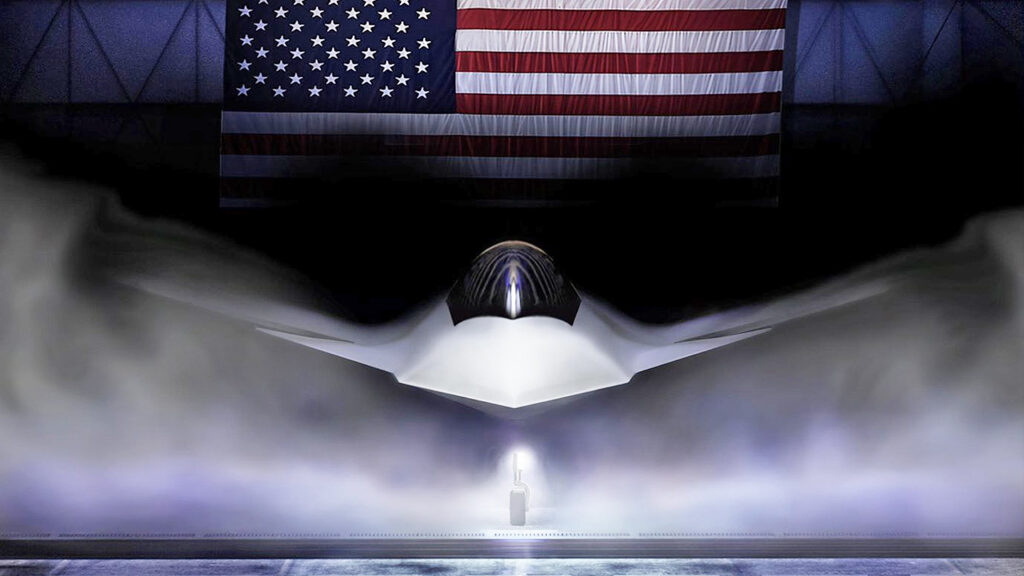
Boeing has managed to win the contract for America’s NGAD fighter
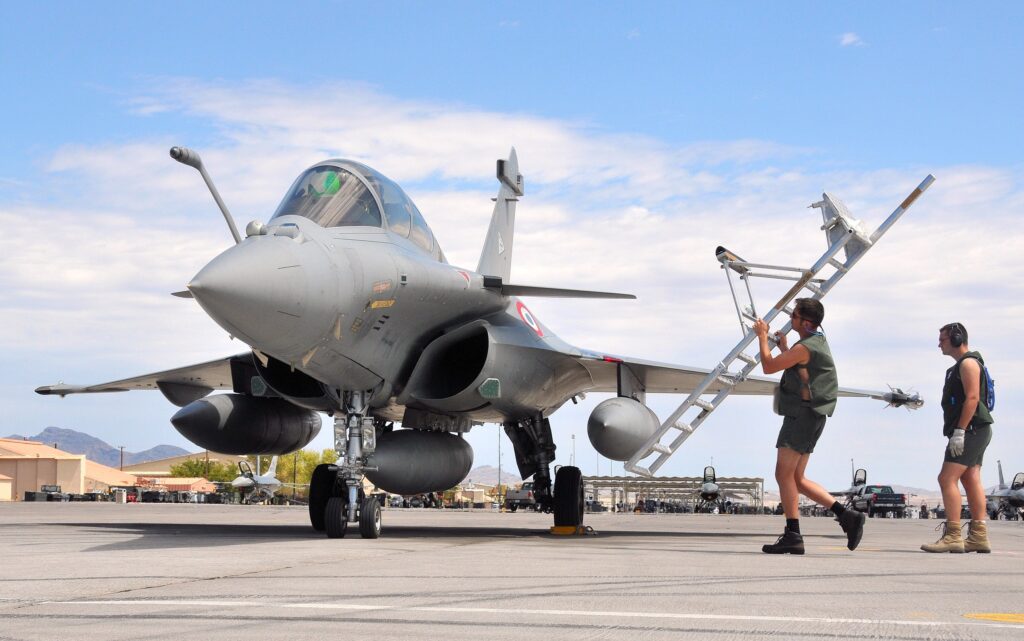
Could France undertake the role of Europe’s nuclear protector? Potentially
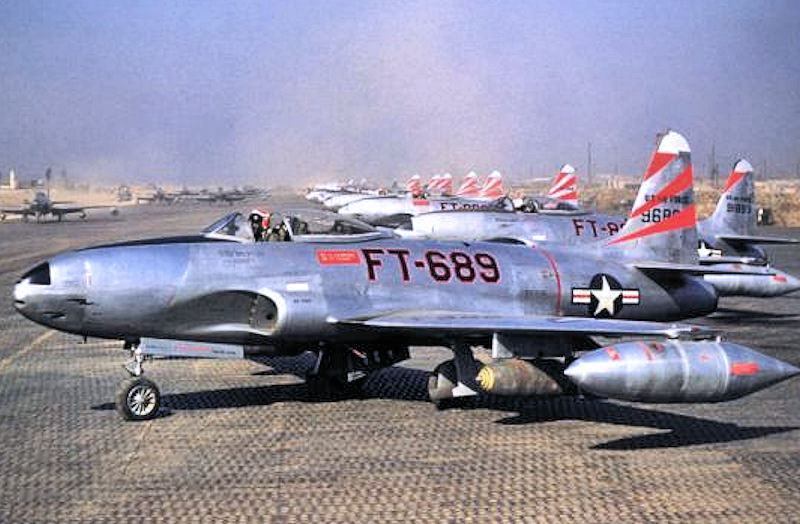
What are the differences between the six generations of fighter aircraft?
Sandboxx News
-

‘Sandboxx News’ Trucker Cap
$27.00 Select options This product has multiple variants. The options may be chosen on the product page -

‘AirPower’ Classic Hoodie
$46.00 – $48.00 Select options This product has multiple variants. The options may be chosen on the product page -

‘AirPower’ Golf Rope Hat
$31.00 Select options This product has multiple variants. The options may be chosen on the product page -

‘Sandboxx News’ Dad Hat
$27.00 Select options This product has multiple variants. The options may be chosen on the product page
